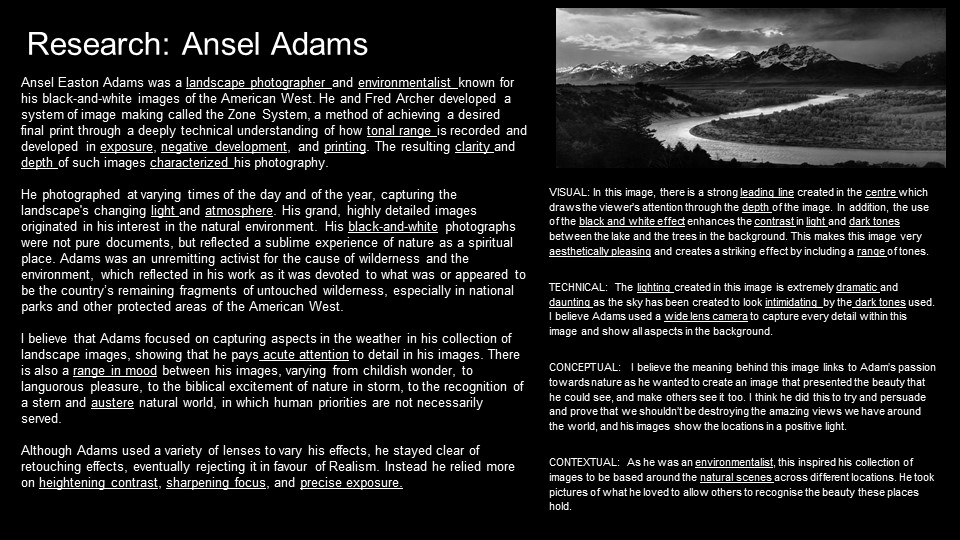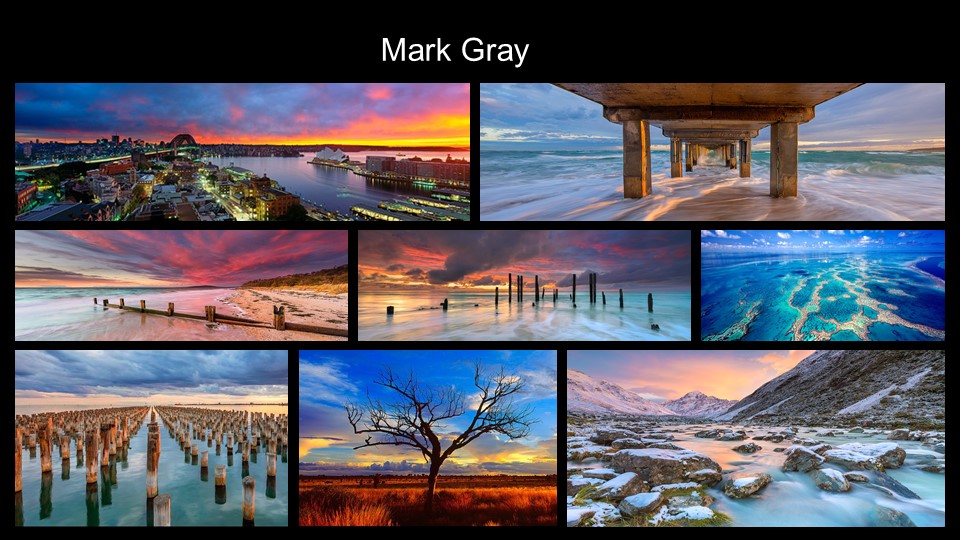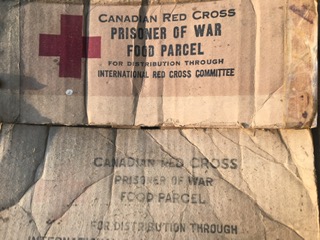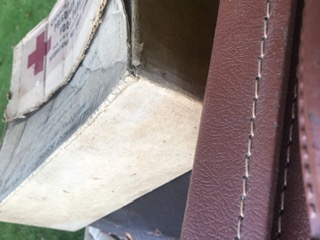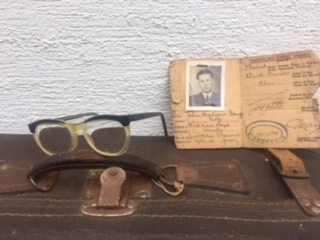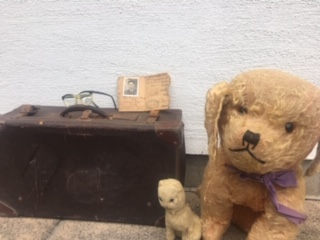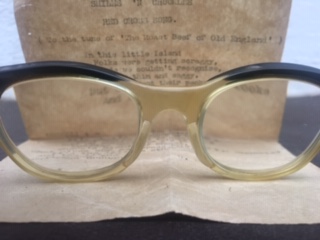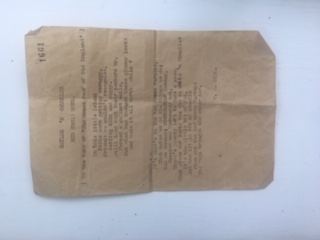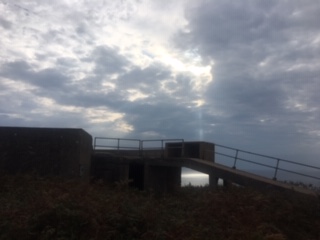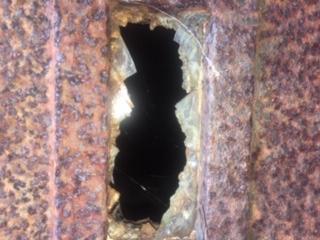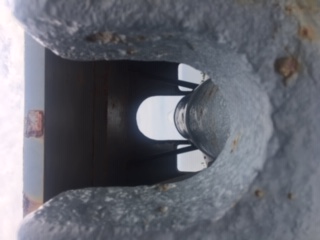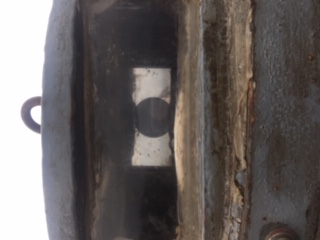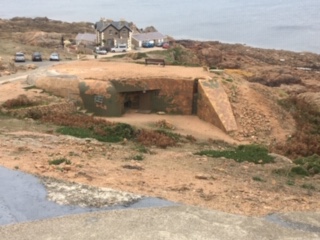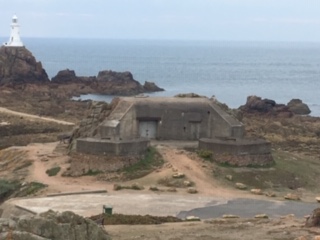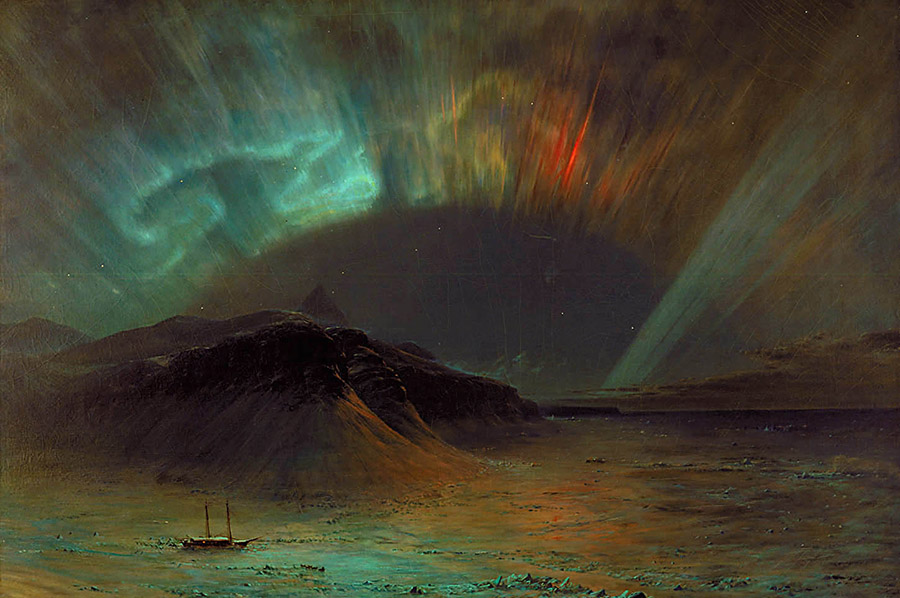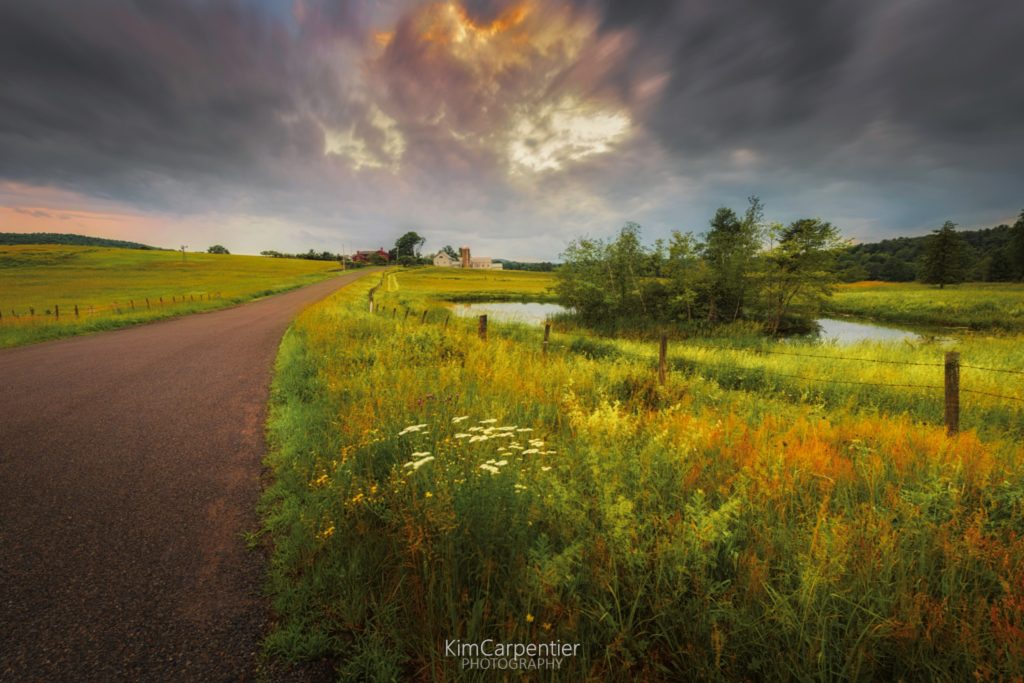LANDSCAPE PHOTOGRAPHY
Landscape Photography
Mood-board –
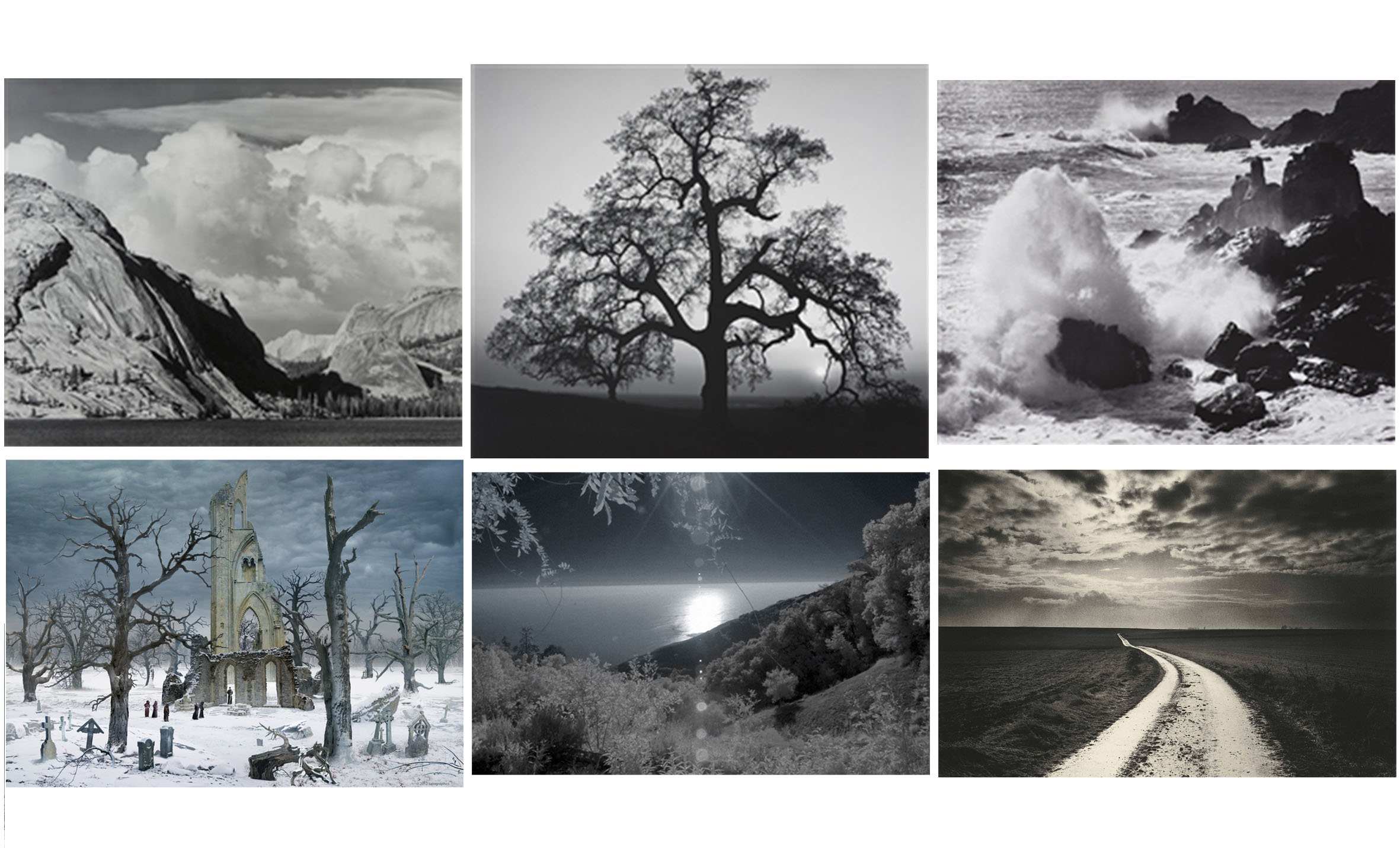

Mind-Map –

Introduction to Landscape Photography –
Landscape photography – typically used in order to capture a single moment/ presence of nature. Throughout landscape photography there are many different approaches/ types for example, large, vast and seemingly unending images in contrast to those which only portray a microscopic area or piece of landscape.
Growing in popularity during the 18th century, landscape art, in particular, nature, began to enthrall and intriuge artists increasingly more. In addition to this, during this period of time photography was also growing in popularity and as an art consequently, leading to the well-known landscape photography we know today.
In my opinion, landscape photography is a technique used my numerous photographers in order to capture the viewer; bringing them into that single scene. In addition to this, landscape photography can also be used in order to portray many different things, depending on its ‘style’/ ‘theme’. For example, Romanticism related landscape photography would convey quite a dramatic feeling whereas abstract landscape photography tends to expose the more symmetrical/ ‘underrated’ areas of a landscape.


Landscape Photoshoot –





Photoshoot – St Catherine’s
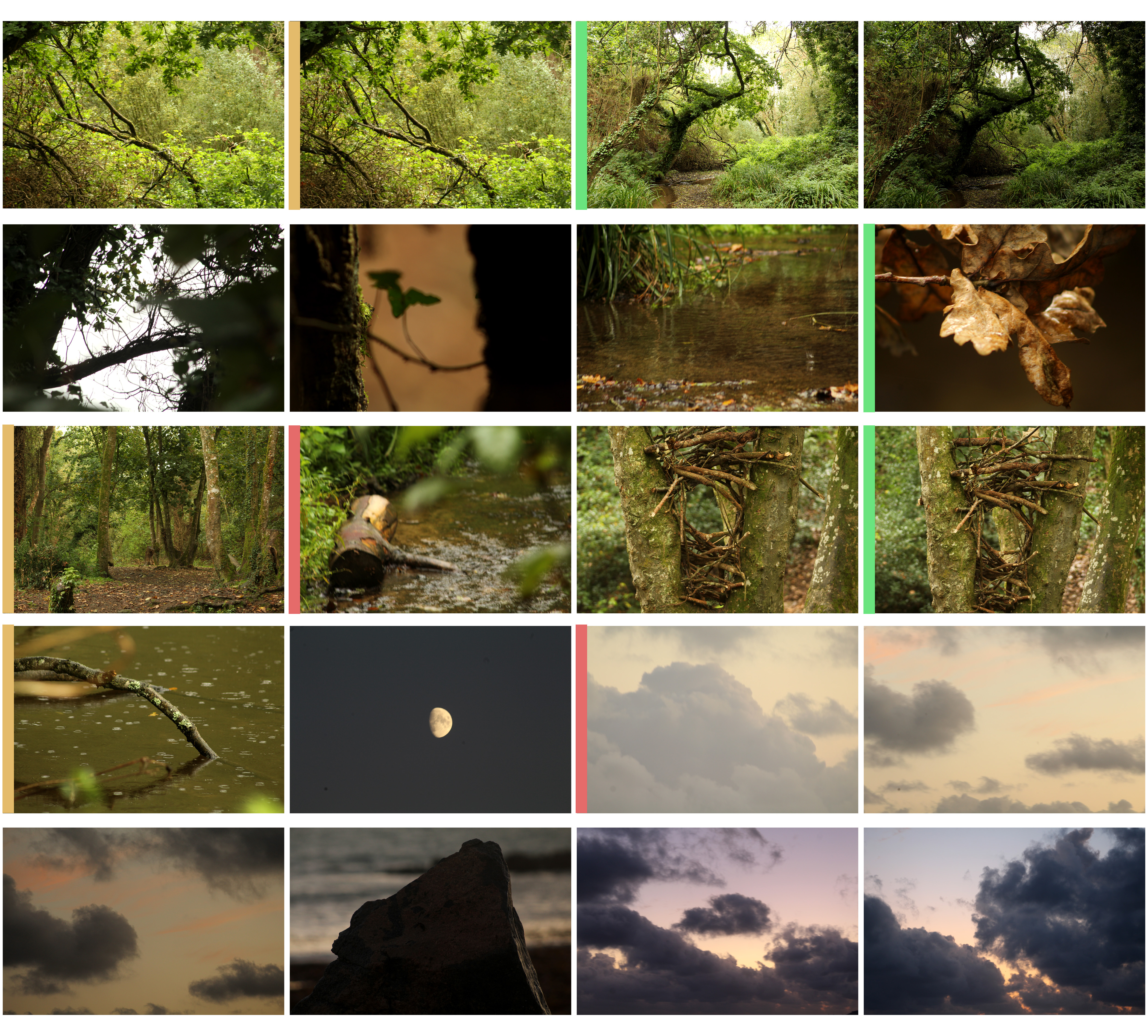

New Topographics –

Photoshoot



In order to edit these images, I first used the cropping tool in order to cut out any moder technologies which I though distracted from the new topography theme as it because popular during the 70’s. Once I had used the cropping tool and the spot healing brush tool to remove any veichles, I leveled the image so that the darker aspects of the imag were under exposed. I then converted the image to black and white, making sure that the clouds were emphasized and the open door was mostly black.
Photoshop 1 – Exposure Bracketing –

Photoshop 1 – Exposure Bracketing
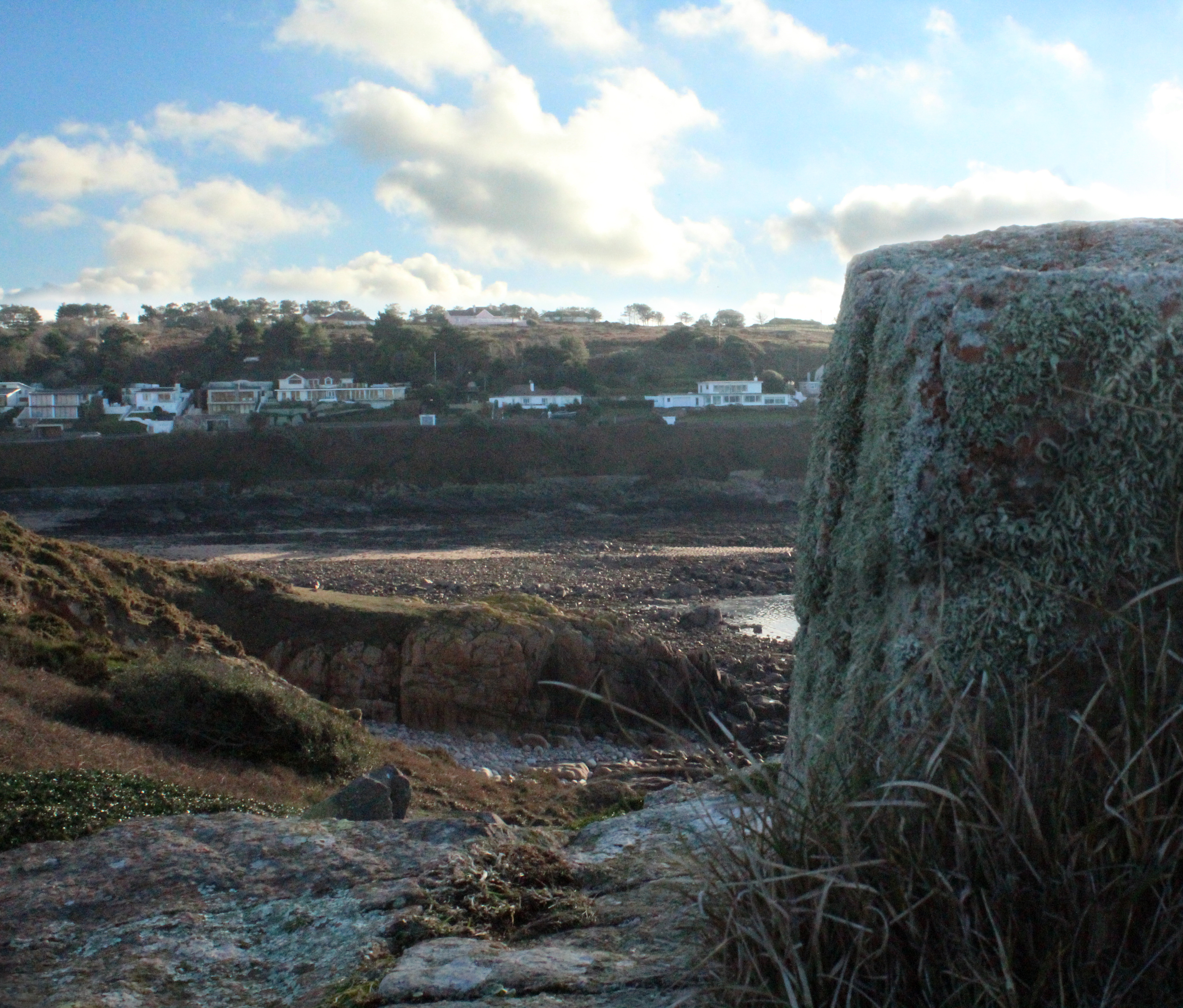

Photoshop 2 – Romanticised



Photoshop 3 – Layered

Ansel Adams case study
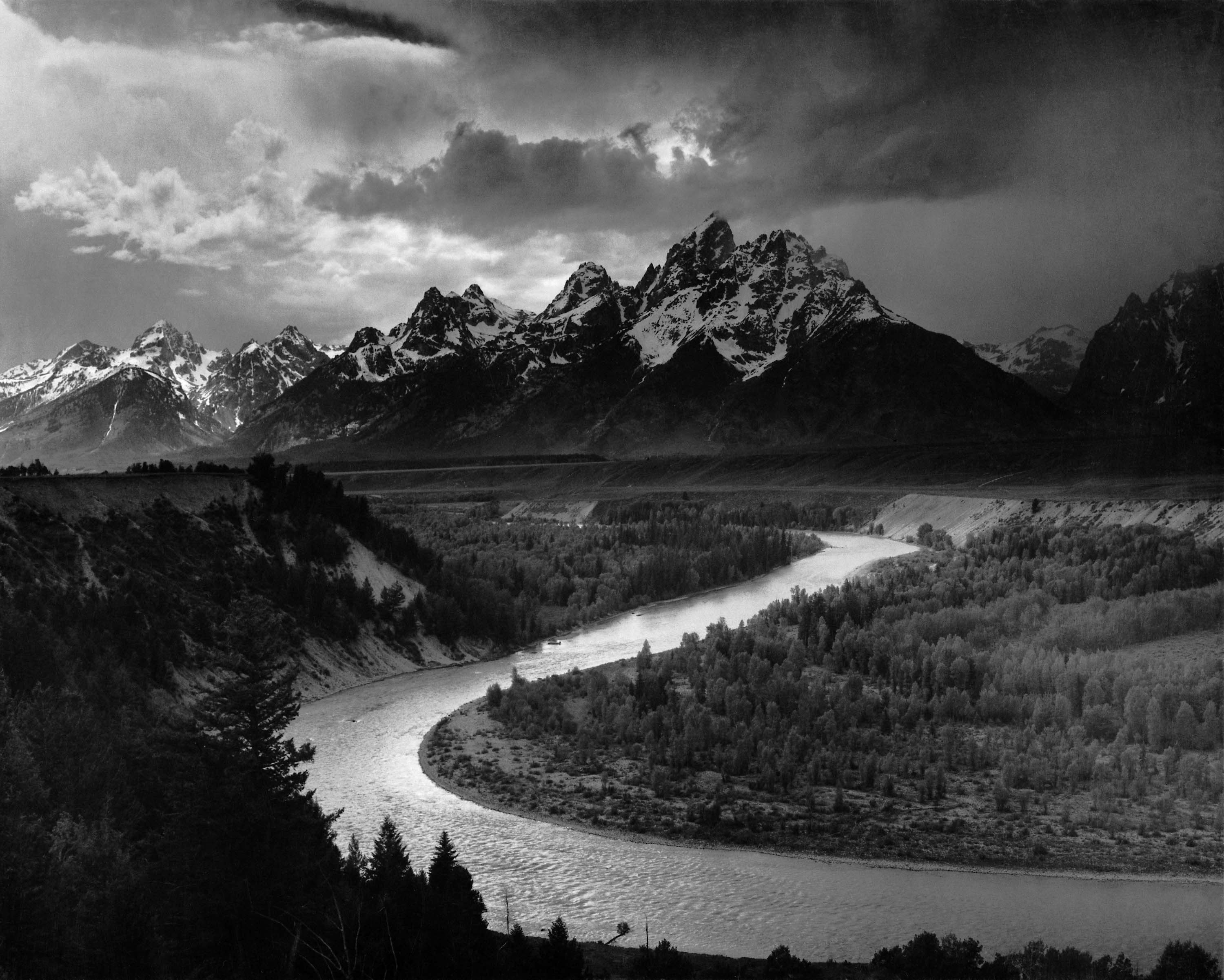
Ansel Adams was a landscape photographer and environmentalist. He is best known for his black and white images of the american west.
Adams was born February 20th 1902 in San Francisco California. He grew up in a house amid the sand dunes of the golden gate. As a boy, Ansel Adams was not very successful at school, leading to his Father and aunt tutoring him at home.
The main way in which Adams found joy, was in nature. He would go on long walks nearly everyday, hiking to the dunes, Lobos Creek, Baker Beach and even out to the very edge of the american continent.
1927 was an important year of Adams’ life. This was when he made his first fully visualized photograph, Monolith the Face of Half Dome. Adams began to persue ‘straight photography’, where he emphasized the clarity of the lens. This meant the final print gave no appearance of being manipulated in the camera or the dark room.
In 1928 Adams married his wife Virginia Best. The couple went on to have two children.
Majority of Adams work as a photographer was completed by 1950. During his later life he spent most his time reinterpreting his earlier work and editing his books.
Contact Sheet 1
PHOTO MONTAGE DESIGN AND OUTCOMES
PHOTO ONE
I originally started with one of my favorite photos from my bunker shoots as part of my summer task. The photo has a lot of potential thus creating many ideas for me to experiment with.

Firstly, I used the quick selection tool on Photoshop to quickly select the foreground with the bunker, and remove the background, mostly made up of sky. Then I added a layer underneath the bunker image with Nazi propaganda as seen above. The subtle yellow contrasts really well with the black and white foreground, and the positioning of the photo with Hitler’s eyes just peaking above the bunker adds a sense of style that makes the image seem “living” and thus come alive, bringing out this comedic effect.

Then, I started to try a different technique, trying to paste an image off the internet and “skewing” the image on Photoshop in order to make it look realistic and as part of the wall, sloping with the angle at which it comes across on the camera.

Here, I improved on the last photo and tried to create this abstract and unique design, using images of Nazi propaganda posters off the internet, pasting them onto this image and skewing them, trying to compliment the angles of the walls in order make them look as part of the bunker while trying my best to keep the original shape of the bunker and cover every visible wall/angle possible.
PHOTO TWO
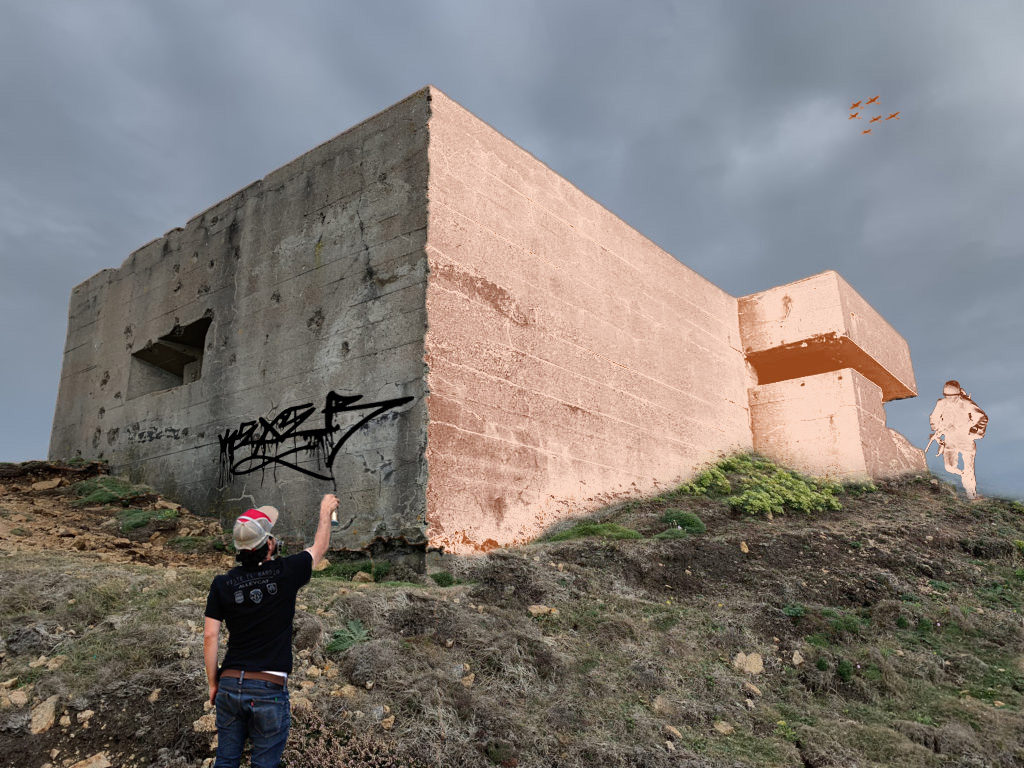
I now chose a new photo to experiment with and ended up with this rendition after much experimentation. I like it as it has that typical photo montage style as well as incorporating many different themes all in one. The graffiti on the side of the bunker wall took a while to edit, especially considering that I had to “skew” it on Photoshop to best match the angle of the wall, (the same process used in “photo one”). Additionally, I duplicated the original layer and added a new colour to it, and then removed the other side with the quick selection to create a sense of time gone by and a contrast as seen in the image, highlighting the differences between the past and present.
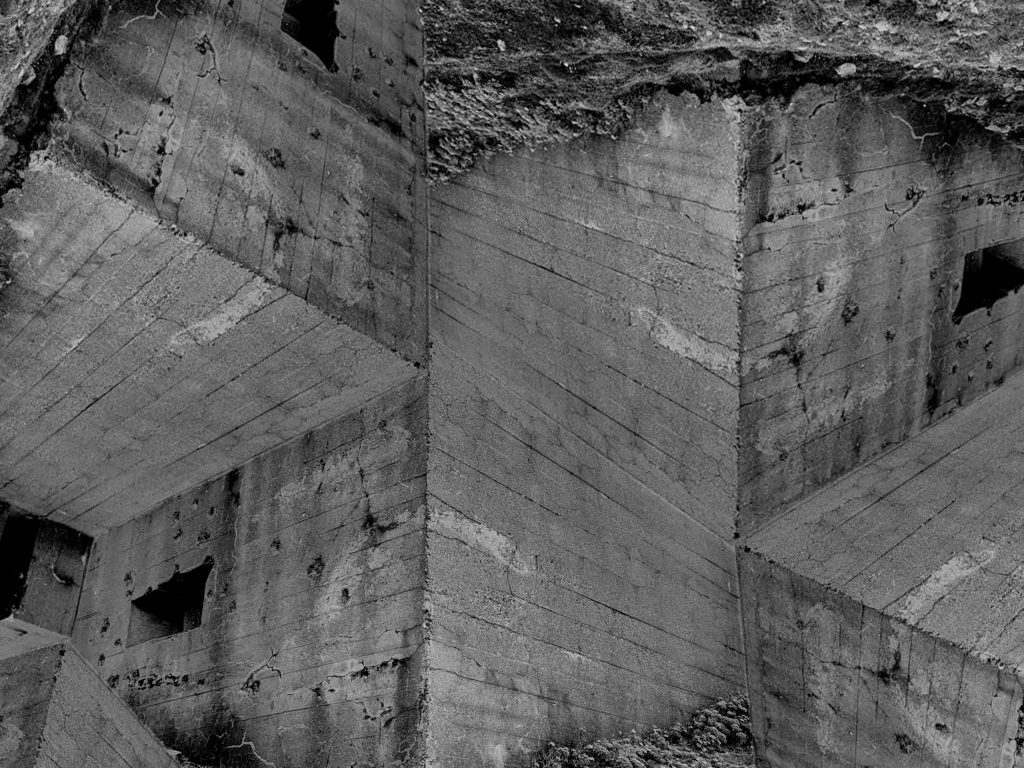
After that, I tried a new style of photo montage with a the same image as “photo two”, where I copy and pasted the same image and try to create a new image out of it. I experimented by rotating duplicated layers of the same image in different ways until I ended up with this photo, that is rather confusing yet pleasing to look at, a bit like an optical illusion… it’s quite hard to make sense of, and that was the aim.

A bit of altering later I ended up with a slightly different image.
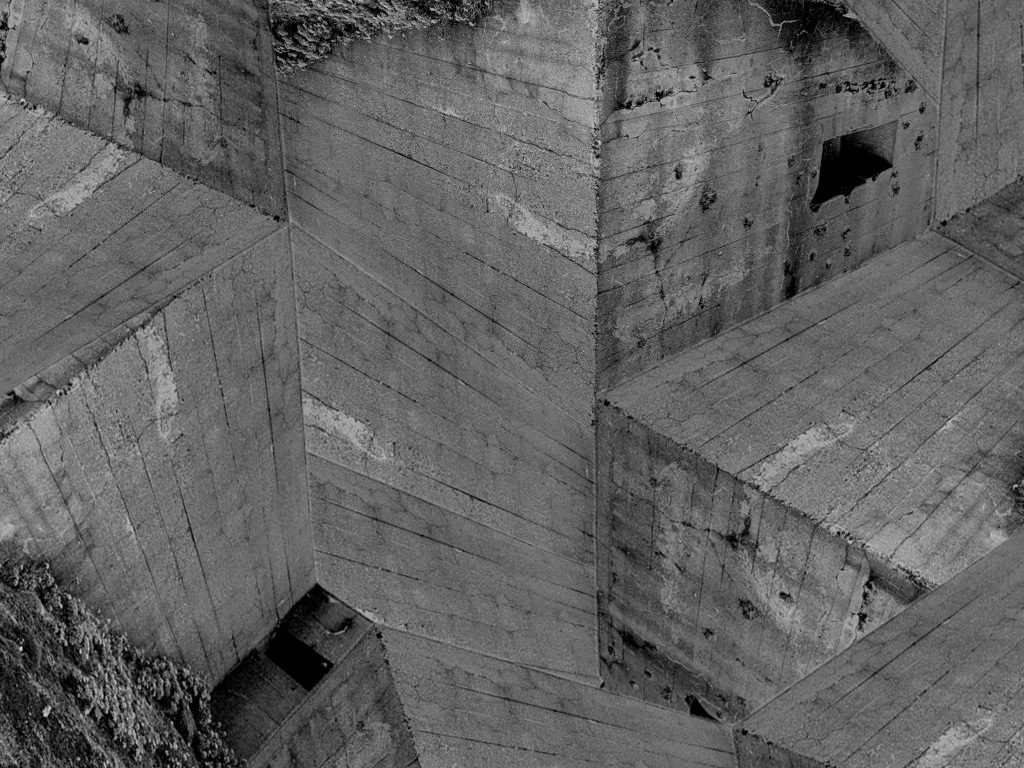
Lastly, I flipped the photo and changed it ever so slightly just to maximize the amount of concrete visible on screen, however keeping some of the bunkers unique and original features such as the observation and bullet holes meanwhile keeping the photo as aesthetically pleasing as possible as I had very little to work with.
Overall, I enjoyed this new element of photography, conducting some photo shoots, new styles of editing and researching the history and evolution of the photo montage style. Throughout the task, I think I have successfully experimented with different processes of editing, using lot of trial a error to end up with the final images I have ended up posting on this blog. Personally, bias aside, I think my photo montages successfully capture a sense of “remembrance” and the war-themed genre as a whole, imitating the work of Hannah Hock, Raoul Hausmann and other influential Dada and photo montage artists. The theme of these photo montages that we researched and imitated often related to pre and post war ideas, which was the theme of the topic and a good foundation for me to build up on as I already had plenty photos from previous photo shoots for similar themed tasks such as my AS Summer Task.
An introduction to landscape photgraphy
Moodboard

Landscape photography definition
“Landscape photography shows spaces within the world, sometimes vast and unending, but other times microscopic. Landscape photographs typically capture the presence of nature but can also focus on man-made features or disturbances of landscapes.”
Introduction to romanticism
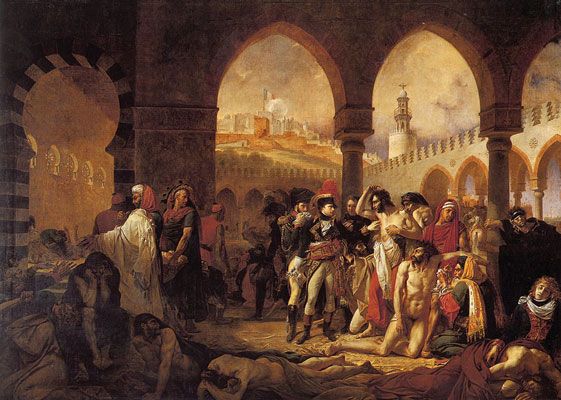
This painting depicts Napoleon I, not yet the Emperor, visiting his ailing soldiers in 1799 in Jaffa, Syria, at the end of his Egyptian Campaign. His troops had violently sacked the city but were subsequently stricken in an outbreak of plague. Gros creates a dramatic tableau of light and shade with Napoleon in the center, as if on a stage. He stands in front of a Moorish arcade and touches the sores of one of his soldiers, while his staff officer holds his nose from the stench. In the foreground, sick and dying men, many naked, suffer on the ground in the shadows. A Syrian man on the left, along with his servant who carries a breadbasket, gives bread to the ill, and two men behind them carry a man out on a stretcher.
The use of color and light highlights Napoleon’s gesture, meant to convey his noble character in addition to likening him to Christ, who healed the sick. Napoleon commissioned the painting, hoping to silence the rumors that he had ordered fifty plague victims poisoned. The work was exhibited at the 1804 Salon de Paris, its appearance timed to occur between Napoleon’s proclaiming himself as emperor and his coronation
Romanticism
Romanticism as a mind-set. Romanticism may be best understood not as a movement, but as a mind-set. The artists, poets and musicians of the Romantic period were united by their determination to use their art to convey emotion or provoke an emotional response from audiences.
Romanticism is built up of key features.
Some of the main characteristics of Romantic literature include a focus on the writer or narrator’s emotions and inner world; celebration of nature, beauty, and imagination; rejection of industrialization, organized religion, rationalism, and social convention; idealization of women, children, and rural life; inclusion …
It was used as a way of rebellion. people were less bothered about religion and were exploring nature. people realized the importance of individuals rather than having kings and queens. People used romanticism to to show different ideas about the meaning of life.
An Introduction To Landscape Photography
The image of the mountain was one of the influential landscape photograph that started landscape photography taken by Ansel Adams. The other black and white landscape photograph was taken by Ernest H. Brooks.

The use of different lenses created a nice contrast between the shadows and the light in both the black and white photographs to highlight the important things in these photographs: for example it highlights the seal in the water.
landscape photography shows spaces within the world. they typically capture the presence of nature but can also focus on man -made features or disturbances of landscapes.
romanticism is an artistic and intellectual movement that originated in Europe in the late 1700’s and categorized by heightened interest in nature, emphasis on the individual’s expression of emotion and imagination departure from the attitudes and forms of classicism, and rebellion against established social rules. It would often be shown in either art pieces or poetry at the time but eventually it evolved into other things like photography.
romanticism has long since been associated with landscape. In photography, the sense of romance and landscape features its prospering spirit. While difficult to categorize, it is uncontrollable and unpredictable because its mostly all about nature.
LANDSCAPE PHOTOGRAPHY
what is landscape photography?
Photos that embody the spirit of the outdoors. Photos that are awe inspiring.
mood board of landscape photography
romanticism landscape photography
what is romanticism?
The artists, poets and musicians of the Romantic period were united by their determination to use their art to convey emotion or provoke an emotional response from audiences.
To describe the movement in art and literature distinguished by a new interest in human psychology, expression of personal feeling and interest in the natural world.









